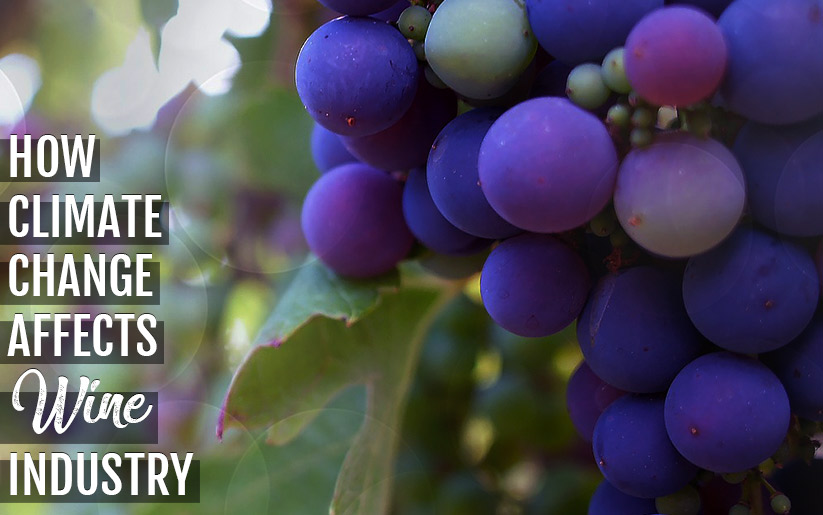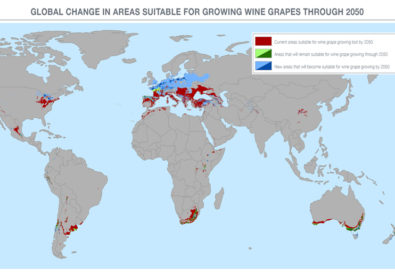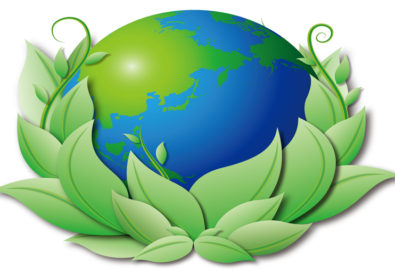The quality of a wine can be affected by various factors. These include the techniques used to craft it, the storage temperature, the terroir of the vineyard site where the grapes were grown and harvested, etc. Climate change is real, and it can have a profound effect on the wine in your glass. Global warming poses a major threat to the wine industry and could easily affect big and small wineries alike.
Listed below are some of the factors that can be affected by the onset of drastic climate changes:
-
Grape Yield
: Adverse climatic conditions can deteriorate the yield as well as quality of the grapes grown. Conditions such as heat waves, copious downpours, higher temperatures on average, increased pathogens and pests, and an increased amount of carbon dioxide in the atmosphere, can harm the quality and yield of grapes growing in a vineyard.
-
OperationalCost
: Increase in temperature is bound to affect the cost of production and operations. The activities that are currently undertaken to manage vineyards and the measures taken to protect the grapevines from extreme heat and sunlight will all be affected.
-
Grape Ripening
: Adequate ripening of grapes is a must for producing premium and flavoursome wines. Vineyard managers will have to undertake measures such as clonal selection, manual de-leafing, hail nets, plantation density, and limiting the height of grapevines, to delay the ripening of grapes.
-
Carbon Dioxide
: With the increase of carbon dioxidegas in the atmosphere, it gets difficult for winemakers to craft wines. This is because a lot of carbon dioxide is also released during the fermentation process. The excess carbon dioxide can be recovered by the winemaking team and put to use in activities elsewhere. One such activity could be the conversion of algae to vegetable fertilizer, and ultimately to cyclic carbonate production.
-
Seasonal Workers
: Many wineries used to hire seasonal workers, particularly during the time of harvest, when the demand for manual labour was quite high. However, due to global warming and climate change, wineries can no longer assess when they need to hire workers. This forces them to keep the entire workforce onboard all year long, further raising their overall expenses.















